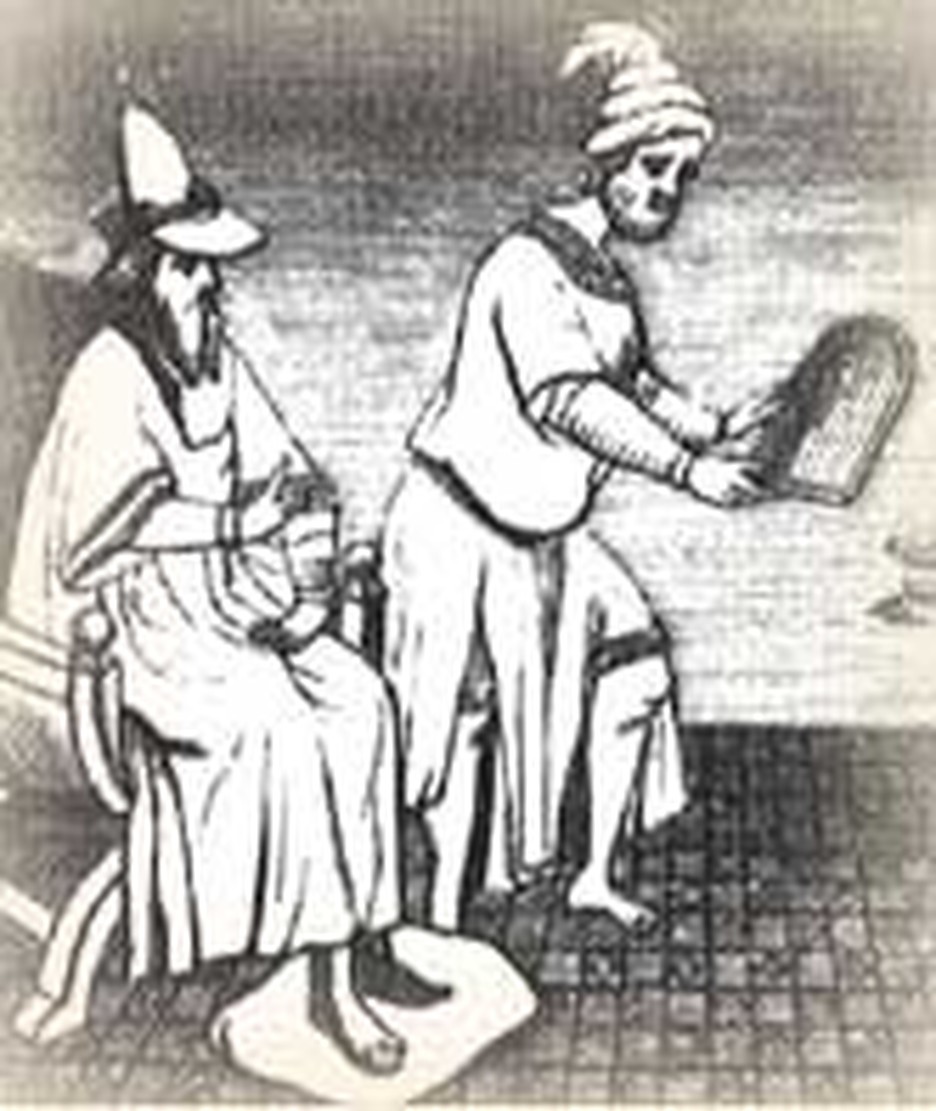
Christianity is sometimes described as a "Western religion," meaning that it has been influential primarily in the West, that is, Europe and North America. Indeed, at the beginning of this century 64% of all Christians lived in Europe and North America. Even today Asian Christians now make up only 10% of the world population of Christians. And in their own countries Asian Christians represent a mere 3.5% of the population of Asia. So in most of Asia, Christianity is a minority religion submerged in other cultures.
But didn't Jesus teach that the Gospel was for the whole world? Well then what about Asia? As we dig into it, we find that the Gospel has a long, noble, and interesting history in Asia. Missionary and historian Dr. Samuel Moffett* in a recent book tells us that "The church began in Asia. Its earliest history, its first centers were Asian. Asia produced the first known church building, the first New Testament translation, perhaps the first Christian king, the first Christian poets, and even arguably the first Christian state. Asian Christians endured the greatest persecutions. They mounted global ventures in missionary expansion the West could not match until after the thirteenth century."
Jesus Was Asian
Christianity began in Asia! Jesus spent all of his earthly life in Palestine,
on the continent of Asia, and the early church had its strongest congregations
in Asia Minor, (which, conquered by Islam, has become modern Turkey.)
When the church began on the day of Pentecost there were plenty of Asians there, people from Persia, Medea, and Mesopotamia (modern Iran and Iraq), Cappadocia, Pontus, Phrygia and Pamphylia (modern Turkey). See Acts 2:9-10. Some of these Asians were undoubtedly among the three thousand who were baptized that day. They returned to their homes with much to tell about Jesus.
The apostle Paul went first to the cities of Asia Minor. Galatians, Ephesians, and Colossians were epistles written to Asian churches. The churches of Revelation 2-3 (Ephesus, Smyrna, Pergamum, etc.) were all in Asia Minor.
Great Opportunity Wasted
It may just be the greatest botched opportunity in all church history.
In the 1260s, the Polos, an Italian merchant family, journeyed to China
and were well received at the court of the great Kublai Khan. Before they
returned to Italy in 1269, Kublai Khan requested them to ask the pope
to send 100 teachers of science and religion to instruct the Chinese in
the learning and faith of Europe. The Pope only managed to send two Dominican
friars with the Polos in November, 1271; but a war frightened the two
friars, and even they turned back. The Polos, including young Marco, continued
their journey to the Chinese emperor without the requested religious teachers.
How might the history of Christianity in Asia been different had this
incomparable opportunity been seized!
Thomas to India
Early church tradition also speaks of Christianity's spread eastward.
The story goes that Jesus' disciples drew lots for which parts of the
world they would evangelize, and India fell to the apostle Thomas. Christians
in India to this day have a strong tradition that Thomas came to their
land in 52 AD
When Marco Polo traveled through India in the thirteenth century and Vasco de Gama landed there in the late fifteenth century, they both found Christians continuing the liturgy of the ancient Syrian church. Hindu rulers and the Indian caste system had prevented extensive evangelism among the populace, but the Malabar Indian Christians had been able to pass their beliefs to their own children for centuries.
First Christian Nation
The early Christian message spread along established trade routes. Edessa,
modern Urfa in Turkey, was an early trade center between the East and
the Roman world. By 150 AD, Christianity was strongly established there.
The early church writer Tertullian wrote of a strong Christian community
in Persia by 220 AD Gregory the Illuminator led King Tiridates of Armenia
to Christ about 301.
China
The T'ang dynasty (618-907) of China hospitably received foreigners at
its court; among these were a large number of Nestorian Christians. Portions
of Scripture, including the Sermon on the Mount, were translated into
Chinese, and the "Gloria in Excelsis Deo" was also used as a
Chinese hymn of praise. Even into the ninth century, Arab traders visiting
China recorded the Chinese emperor's knowledge of Noah, the prophets,
Moses, and Jesus.
When the Moslem Arabs conquered large portions of Asia beginning in the seventh century, it became illegal for Christians to evangelize or actively seek converts to their faith. The Christian communities already established in India, Persia, and Mesopotamia clung to their past and became ghettos in an Islamic culture and society. Early traditions and liturgies continued for centuries, even when the original languages used were no longer intelligible to the participants.
*Samuel Hugh Moffett, A History of Christianity in Asia: Volume 1, Beginnings to 1500. Harper and Row, San Fransisco, 1992. We highly recommend this book as an outstanding in-depth resource to accompany this six-part series of Glimpses.
Notable first |








